record
-
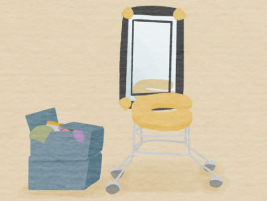
- The rooms of the surviving “Comfort Women” - Park Ok-sun’s room
-
Upon Park Ok-sun's return to South Korea, she moved back and forth between her younger brother's house and her nephew's house in Seoul, and eventually was admitted to <House of Sharing> in 2002.
-
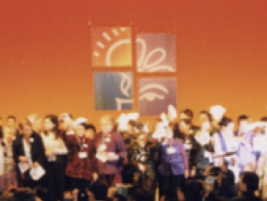
- Exploring the ‘Women's International War Crimes Tribunal on the Trial of Japan's Military Sexual Slavery in 2000’ through the archives
-
The ‘Women's International War Crimes Tribunal on the Trial of Japan's Military Sexual Slavery in 2000’ (hereinafter ‘Women’s International War Crimes Tribunal 2000’) was held at the Kudan Kaikan Hall in Tokyo, Japan for six days, starting with the opening ceremony on December 7, 2000, until December 12, 2000.
-
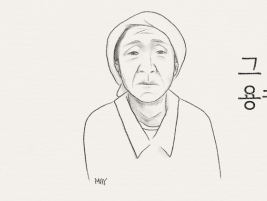
- The Story of Bae Bong-gi – “We luckily managed to survive amid that war.”
-
In her book <The House with a Red Tile Roof - The Story of Korean Women Who Became the Japanese Military "Comfort Women"> which was translated into Korean in 2014, Kawata Fumiko vividly yet calmly unraveled the testimony of Bae Bong-gi, one of the Korean "Comfort Women" who was taken to Okinawa. Based on the testimonies and data collected from Okinawa residents, Japanese soldiers, as well as Bae Bong-gi, this article describes the detailed circumstances experienced by Bae Bong-gi and the “Comfort Women” surrounding the U.S. military’s air raids that took place on the Kerama Islands, Okinawa.
-

- The rooms of the surviving “Comfort Women” – Songnisan Lee Ok-sun's room
-
Songnisan Grandmother had anticipated that she would live in Songnisan for the rest of her life but ended up coming to the <House of Sharing> in the fall of 2018 after having knee surgery which made it difficult for her to easily move around.
-
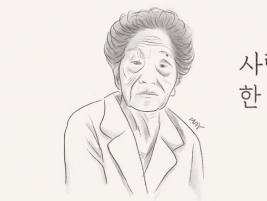
- The story of Song Shin-do – “We have not the slightest idea of what a person thinks inside.”
-
This article is about the story of Song Shin-do remembered by Kawata Fumiko, who connected Song Shin-do to the ‘”Comfort Women” 110 Report Call Executive Committee’.
-

- The rooms of the surviving “Comfort Women” - Lee Ok-sun’s room
-
The traces and history of the surviving “Comfort Women” fill all corners of the <House of Sharing> but are most visible inside the rooms of the surviving “Comfort Women”.
-
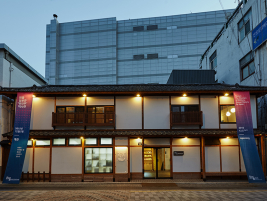
- Don’t dwell on anger; treat it as if it’s your current problem – Interview with Paek Sun-haeng, an activist from the <Heeum> Museum of Military Sexual Slavery by Japan
-
Written by Paek Sun-haeng, Team Manager, The <Heeum> Museum of Military Sexual Slavery by Japan, an affiliate organization of the Daegu Citizen Forum for Halmuni
-
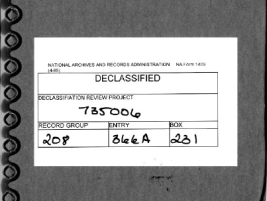
- U.S. Office of War Information Report No. 49: A report reflecting the author’s subjective bias
-
Japanese far-right forces have been attacking Japanese Military “Comfort Women” victims based on the U.S. Office of War Information (OWI) Report No. 49.
-
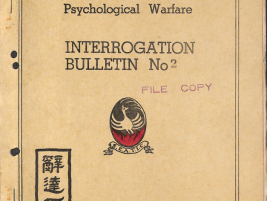
- SEATIC Interrogation Bulletin No. 2: The state of operation of comfort station through document
-
While Japanese Prisoner of War Interrogation Report No. 49 of Office of War Information (OWI) contains explicit biases of Alex Yorichi, Japanese-American writer, Interrogation Bulletin No.
-
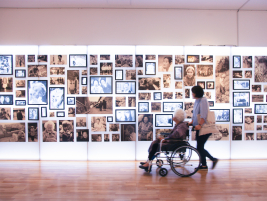
- The End of the Tunnel - Interview with Kim Dae-wol, the Head Curator of the House of Sharing
-
Kim Dae-wol, Head Curator of the House of Sharing